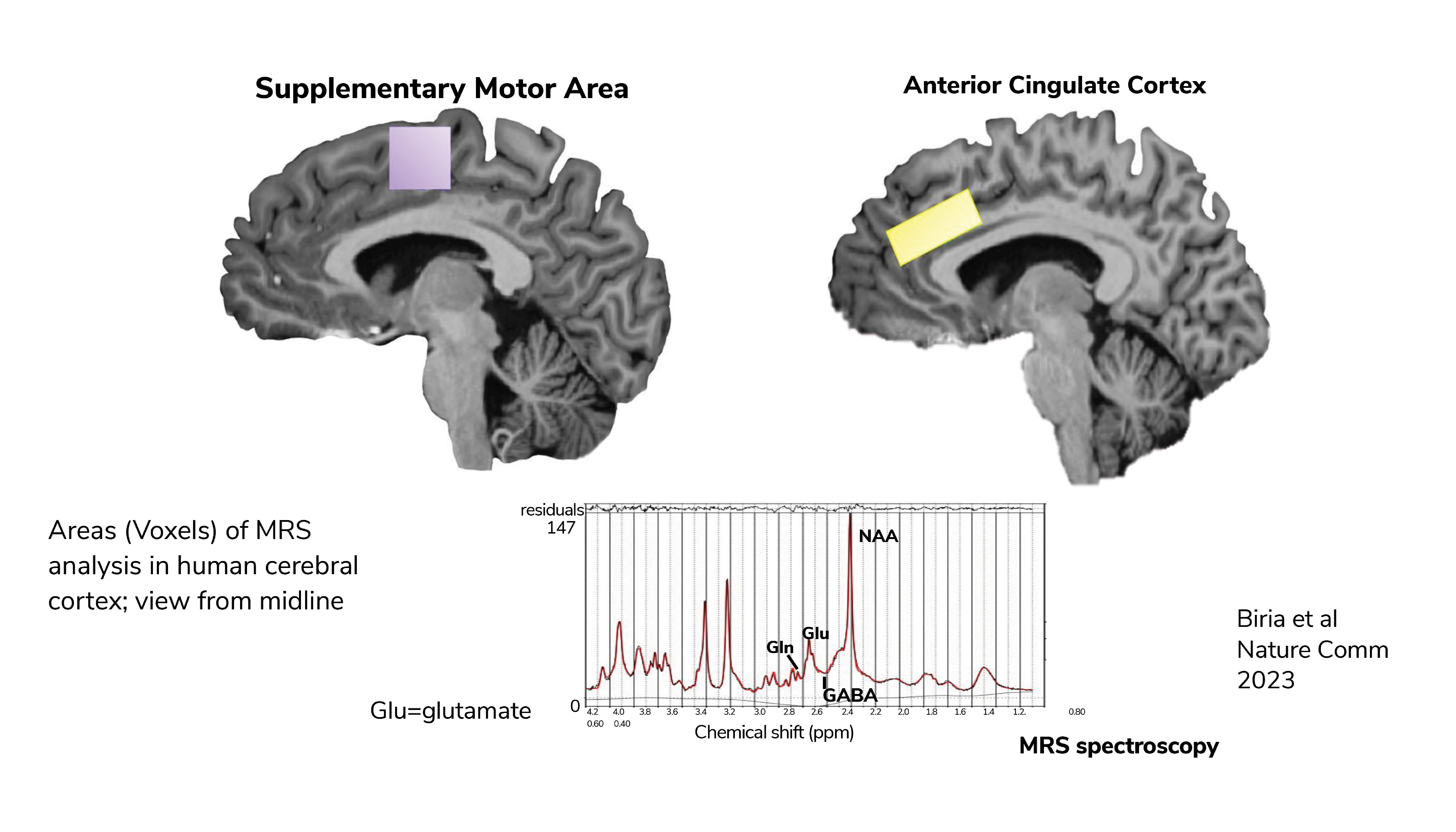Around 3 percent of people in the West suffer from obsessive-compulsive disorder (OCD) (1) – but there is little evidence of a neurochemical basis. And that’s why a team of neuroscientists at the University of Cambridge set out to better understand the relationship between metabolite levels in the brain and OCD symptoms.
The researchers used 7-Tesla proton magnetic resonance spectroscopy (1H-MRS) to assess the balance of excitatory and inhibitory neurotransmission by measuring glutamate and GABA levels in the frontal lobes (2).
“MRS has been used for many years before now, but the standard scanner doesn’t pick up an accurate glutamate signal,” says Marjan Biria, Post-Doctoral Research Fellow and lead author of this study. “By incorporating the 7-Tesla machine, 1H-MRS allowed us to measure metabolite levels in the anterior cingulate cortex (ACC) and supplementary motor area (SMA) of the brain at a more precise level.”

In a study involving 31 patients with OCD and 30 healthy volunteers, the researchers found an imbalance between glutamate and GABA levels in the frontal regions of the brain in patients with OCD; specifically, higher levels of glutamate and lower GABA levels compared with other study participants. This disruptive balance could cause hyperactivity in the neural communication of the ACC but it was also present in the SMA, directly correlating with a clinical severity of compulsive OCD symptoms. Self-rated questionnaires filled out by the participants were also directly reflected in the imaging results – those with compulsive tendencies correlated with higher glutamate levels in this region of the brain.
“These findings could lead to a breakthrough for clinical outcomes,” says Biria. “We could see new treatments for OCD that adjust the balance of glutamate and GABA in the cortex, medication that regulates glutamate, and a non-invasive magnetic stimulation through the scalp.”
Biria adds, “Going forward, I hope we can better understand what causes and maintains OCD symptoms in different individuals and be able to create better individualized treatments for OCD.”
References
- NIH, “Obsessive-Compulsive Disorder (OCD)” (2023). Available at: https://bitly.ws/TzWu.
- M Biria et al., “Cortical glutamate and GABA are related to compulsive behavior in individuals with obsessive compulsive disorder and healthy controls,” Nat Commun 14, 3324 (2023). DOI: 10.1038/s41467-023-38695-z.




